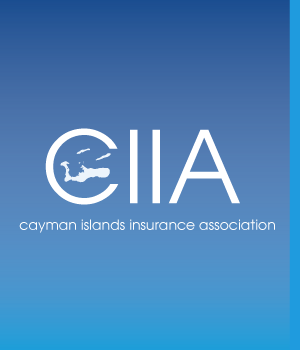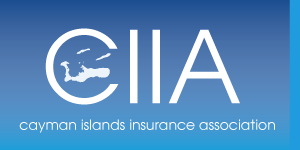Source: Business Insurance
Matthew Lerner June 25, 2019 Umbrella and excess liability markets are leading the march upward for casualty markets as rates increase and capacity shrinks, according to insurers, brokers and analysts.Commercial auto continues to be a troubled sector seeing double-digit rate increases and even workers compensation, which has seen reductions for several years, is now “flattening,” sources say. For nearly all casualty lines rates are increasing and will likely continue to rise, said James Auden, Chicago-based managing director, insurance at Fitch Ratings Inc., adding pricing is moving up more “than expected” in 2019. It’s “definitely a hardening market,” said Debbie Michel, executive vice president of risk management for Liberty Mutual Insurance Co. in Boston.Umbrella and excess liability risks have seen the biggest changes as rates and premiums rise and capacity is withdrawn, according to market sources.“Without question, that line has experienced the most dramatic change,” said Douglas O’Brien, national practice division manager for casualty and alternative risk in New York with USI Insurance Services LLC.The umbrella and excess liability market shifted substantially in the past six months, he said.USI’s midyear data shows umbrella and excess liability as rising between 5% and 20% in 2019 after single-digit increases in 2018, according to a recent report by the brokerage.“Where we’re definitely seeing a shifting landscape is in umbrella and excess liability,” Ms. Michel said. The excess and umbrella markets are “increasing at double-digit rates,” which will likely continue in the third quarter, she said. In addition, attachment points are rising and limits reducing, as some insurers pull out of the market.For umbrella coverage, “where $1 million was somewhat the norm, you’re seeing markets say they want to attach at $2 million and higher,” Mr. O’Brien said. And where a lead umbrella limit previously was $25 million, $10 million to $15 million is “the new normal.” “We’re seeing customers and prospects being faced with reduced capacity,” Ms. Michel said. “Lead umbrella might be more like $10 million than $25 million,” she said. Policyholders “are trying to patch together capacity and trying to maintain the capacity they’ve had,” Ms. Michel said. “Sometimes depending on the size of the company, that can be pretty difficult.”The two biggest factors in terms of capacity, Mr. Auden of Fitch said, are American International Group Inc. changing limits and its underwriting appetite in many lines, as well as “a lot of changes in capacity at Lloyd’s.” Replacing that capacity in the market “it’s not as easy as you think,” Mr. Auden said.Larger risk management accounts have been the most affected by changes in the excess and umbrella markets, but the shift has “trickled down” into middle-market accounts as well, Mr. O’Brien said. Another difficult line of business is commercial auto coverage, sources said. “We expect rates to continue to go up” in commercial auto, Mr. Auden said, as even after several years of rate increases, the market remains “unfavorable” with deficient reserves.Commercial auto has been a challenge for many years, with transportation losses driven in part by large jury awards, sometime in excess on $10 million, Mr. O’Brien said. “We don’t see a reversal of that” in 2019, Mr. O’Brien said. At some point, rates will get to levels adequate against losses, but “we’re not there yet,” he said.Data from USI shows primary auto liability up 5% to 10% and sometimes higher in 2019 for accounts with good loss histories and up 15% and higher for poor loss histories. Auto liability “is our number one exposure,” according to Eric Spalsbury, director of risk management in Dublin, Ohio, for cleaning company Stanley Steemer International Inc. Auto liability rates are climbing, Mr. Spalsbury said, with double-digit increases.Even workers compensation, which has seen rate declines in recent years, is beginning to see some upward firming, they said. “Comp has been a profitable line for the industry over the past five years, but it has seen some pretty significant rate reductions,” Ms. Michel said. “As a result, we’re feeling like it’s bottomed out to more of a flattening line now, and we potentially could see upticks.” Mr. Spalsbury said his company’s comp spend has been flat for some three to four years. “Our comp, while it tends to be a larges expense, we’re not hearing a lot about comp rates going up,” Mr. Spalsbury said. General liability is seeing less severe changes than then umbrella risks and auto. “We are seeing a more modest firming in the general liability space,” Ms. Michel said. “GL has been inching up,” Mr. Spalsbury said. “One-offs such as bodily injury, those things tend to be very expensive,” with litigation sometimes exacerbating costs.


